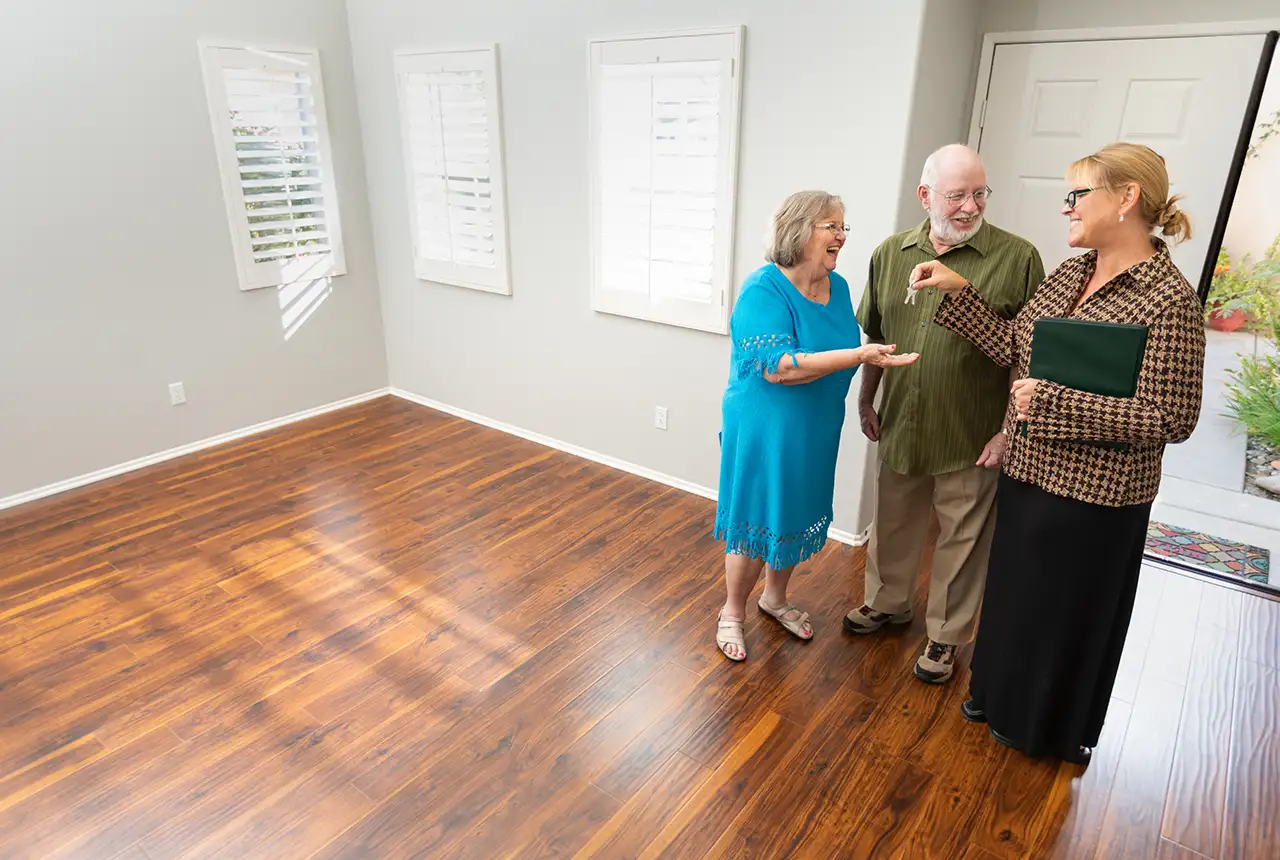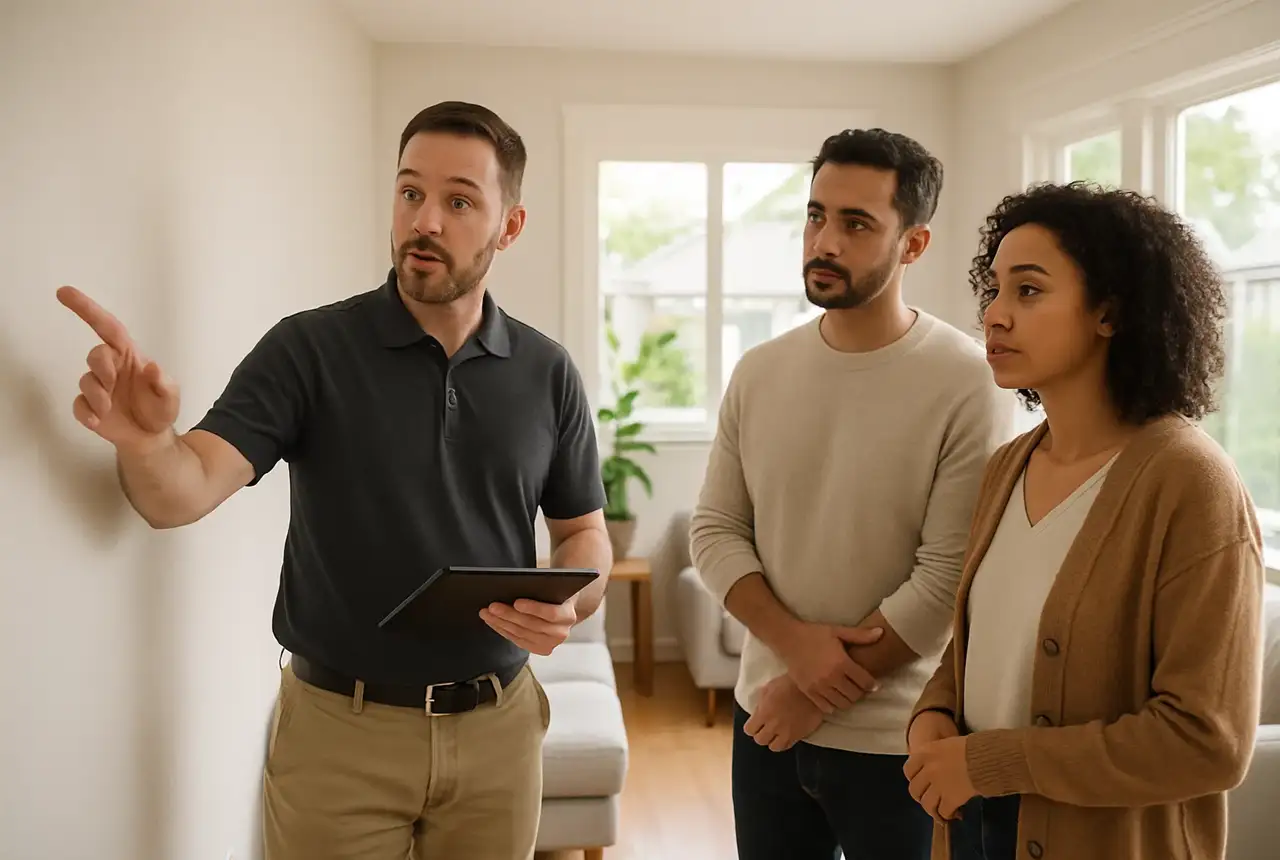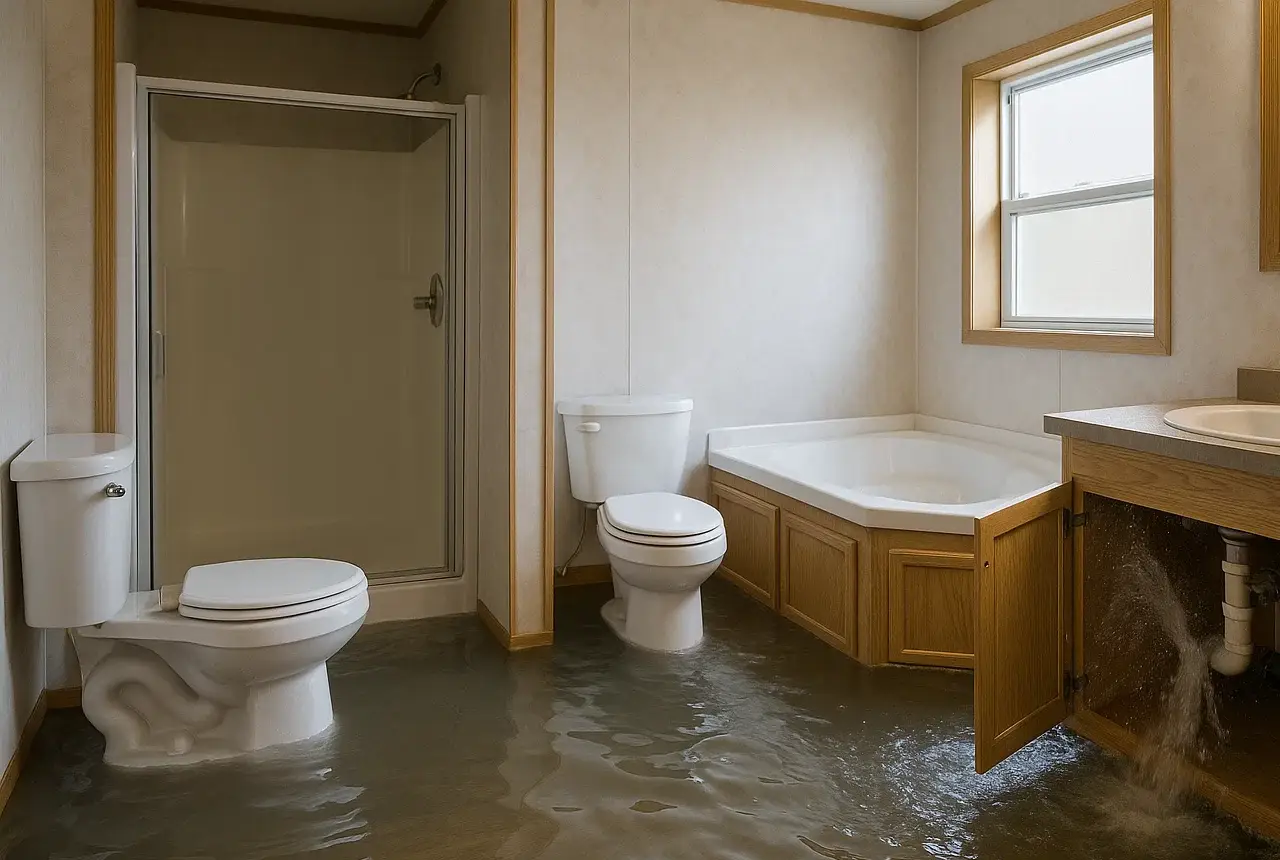You've found your dream home (or close to it!), and the home inspection is on the horizon. A crucial question often pops up: "Do I actually need to be there for the home inspection?" It's a valid thought, especially with life's never-ending to-do list. Let's explore why your presence can be incredibly beneficial, and how to make the most of it without hindering the process.
The Short Answer: Not Required, But Highly Recommended – With a Caveat
Technically, no, you aren't required to be present for the entire home inspection. Your inspector is a seasoned professional who will meticulously examine the property and compile a comprehensive report, often brimming with photos. You'll receive this report regardless of your attendance.
However, choosing to skip the inspection entirely means missing a golden opportunity. That said, simply showing up isn't enough; knowing how to be present is key to a productive inspection.
Talk to Your Inspector: What's Their Preference?
Before the inspection day, consider reaching out to your inspector and asking about their preferred approach. Some inspectors welcome clients throughout the entire process, while others prefer to work quietly and then conduct a thorough walkthrough at the end. Understanding their method beforehand can help you plan your visit effectively and ensure a smoother process for everyone.
Why Your Presence is Invaluable (and How to Optimize It)
Here's why attending, particularly the latter part of, your home inspection is so highly encouraged, along with tips for a successful visit:
- Direct Communication and Clarity: This is the biggest advantage. While a report provides facts and photos, it can't replicate a direct conversation. Being there allows you to ask questions in real-time about anything unclear. You can get immediate explanations on what the inspector is seeing, why it matters, and what potential implications certain findings might have. This back-and-forth dialogue is incredibly valuable and personal.
- See Issues First-Hand: A picture of a small crack or a stain in a report is one thing; observing it yourself provides context and helps you gauge its severity. Seeing potential concerns with your own eyes can help you understand the scope of issues far better than relying solely on descriptions.
- Learn About Your Future Home: Beyond identifying problems, the inspection is an educational tour of your new property. The inspector can show you where the main water shut-off is, how the HVAC system operates, the age of major appliances, and other crucial details. Think of it as a personalized crash course in your new home's systems and quirks.
- Prioritize Repairs Effectively: When you're physically present, you can get a better sense of which findings are critical and which are more minor maintenance items. This direct understanding is incredibly helpful when it comes to negotiating repairs or credits with the seller.
- Measure and Plan: This is one of the few extended periods you'll likely have in the home before closing. Use this time wisely! If you're there for the entire inspection (or arrive early), bring your measuring tape, paint swatches, and a notepad. It's a perfect opportunity to measure rooms, window dimensions, and wall space for furniture. You can visualize where your couch will go, if your king-size bed will fit, or start planning your paint colors. Opportunities like this are rare before you officially get the keys!
Be Present, But Let Them Work
If you do decide to be there for the entire inspection, remember this crucial tip: let the inspector do their job. Home inspections are detailed, meticulous tasks that can easily take 3-4 hours, sometimes even longer, depending on the size and complexity of the home.
Resist the urge to follow them around, engage in constant conversation, or point out every minor detail you spot. Every moment spent talking is a moment they're not inspecting. The more distractions, the longer the process takes, and frankly, the greater the chance something critical could be overlooked.
If you find something concerning, simply make a note for yourself. Write it down. Then, when the inspector has a moment, or ideally during their summary at the end, bring up your observations and questions. This allows them to maintain focus and deliver the most thorough inspection possible.
The Ideal Scenario: Arrive Towards the End
For many buyers, the most efficient and effective approach is to arrive towards the end of the inspection, typically during the last hour or so. This is when the inspector will usually be wrapping up their detailed work and can dedicate their full attention to you.
During this final walk-through, the inspector can provide a verbal summary of their key findings, walk you through significant issues, and answer all your questions. This allows for open communication without you having to stand around for several hours waiting.
What to Ask During the Walk-Through
When you're with the inspector for the summary, don't hesitate to ask questions. Here are a few to get you started:
- "What are the most significant issues you found?"
- "Are there any safety concerns I should be aware of immediately?"
- "What areas might need attention in the near future, even if they're not critical right now?"
- "Can you show me where [specific item, e.g., the main water shut-off, the furnace filter] is and how it works?"
The Bottom Line: Be Smart About Your Presence
While not strictly mandatory, attending your home inspection, especially for the crucial wrap-up, is an incredibly valuable experience. It empowers you with direct knowledge, facilitates clear communication, and allows for essential pre-move planning. So, coordinate with your inspector, plan your visit strategically, and make the most of this vital step in your home-buying journey!





